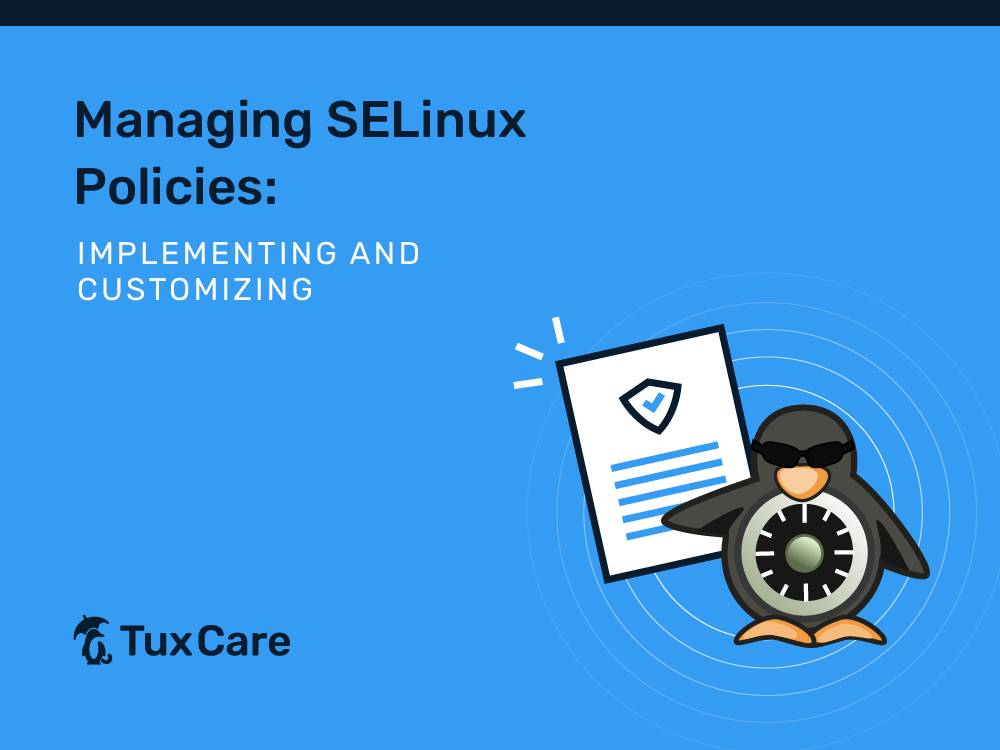Managing SELinux Policies: Implementing and Customizing
Security-Enhanced Linux (SELinux) is a powerful solution for improving the security posture of Linux-based systems. Developed by the National Security Agency (NSA), it has been integrated into many Linux distributions. SELinux utilizes security policies as a key component of its architecture. SELinux policies are a set of rules and configurations that define the access controls and permissions for different system entities, such as files, processes, and devices.
In this article, we will explore the implementation, management, and customization of SELinux to bolster system security.
Understanding SELinux Implementation
Enabling SELinux
Most modern Linux distributions come with SELinux pre-installed, but it might be disabled by default in some distributions, like Ubuntu. Since Ubuntu uses AppArmor as an alternative, it is essential to disable it to use SELinux.
To check the status of SELinux on your system, run the following command.
$ sestatus
Output:
SELinux status: enabled
SELinuxfs mount: /sys/fs/selinux
SELinux root directory: /etc/selinux
Loaded policy name: targeted
Current mode: enforcing
Mode from config file: enforcing
Policy MLS status: enabled
Policy deny_unknown status: allowed
Memory protection checking: actual (secure)
Max kernel policy version: 33
If the command is not found, you need to install SELinux and the required packages.
$ sudo apt install policycoreutils selinux-utils selinux-basics
Next, enable SELinux and set the enforcing mode using the below commands.
$ sudo selinux-activate $ sudo selinux-config-enforcing
Then it is required to reboot the system to apply the changes.
$ reboot
Modes of Operation
SELinux operates in three modes: enforcing, permissive, and disabled.
- Enforcing mode actively enforces security policies. This is the default and recommended mode.
- Permissive mode logs policy violations but does not enforce them. This is not recommended for production environments but can be useful in policy development and debugging.
- Disabled mode turns off SELinux, which is not advisable.
SELinux Management
Policy Management
SELinux policies are written in a language that defines rules governing the interactions between processes and resources. They are stored in policy modules. Tools like semanage and semodule make it easier for administrators to modify, install, or remove policy modules.
The policy language allows administrators to define fine-grained controls over what actions processes are allowed to perform and what resources they can access. Understanding this language is crucial for effective policy customization.
Audit Logs
SELinux produces thorough audit logs that provide insights into system activities and policy violations. Administrators can detect and troubleshoot security issues by using tools like ausearch and sealert, which assist in interpreting these logs.
Booleans
You can toggle the Boolean values provided by SELinux to enable or disable particular features of the security policy. Understanding and using Booleans effectively can help fine-tune the security settings without modifying the entire policy.
Customizing SELinux Policies for Enhanced Security
Creating Custom Policies
Administrators might need to develop custom policies for programs or services that aren’t covered by the default SELinux policies. Based on audit logs, the audit2allow and audit2why tools help create and understand policy rules.
File Contexts
SELinux assigns security contexts to files, which determine how processes interact with them. It is crucial to comprehend and handle file contexts when modifying rules for specific files or directories.
Context Transitions
SELinux defines rules for switching between security contexts. Administrators can restrict potential security vulnerabilities by controlling the flow of information and processes by customizing these transitions.
Integration with Applications
Applications must be aware of and compliant with SELinux policies to operate on SELinux-enabled systems. To ensure smooth integration, developers should incorporate SELinux policy configurations in their programs.
Final Thoughts
For Linux-based platforms, SELinux provides a strong and flexible framework for enhancing system security. Mastering SELinux policies is a process that requires a solid understanding of the underlying concepts and a commitment to ongoing management and customization.
By understanding SELinux implementation, mastering management tools, and customizing policies, administrators can tailor their systems to withstand diverse security threats. Even though SELinux has a steep learning curve, the time and effort invested pay off in the form of a robust security infrastructure that can significantly reduce risks and safeguard confidential information.



 Documentation
Documentation Login
Login




